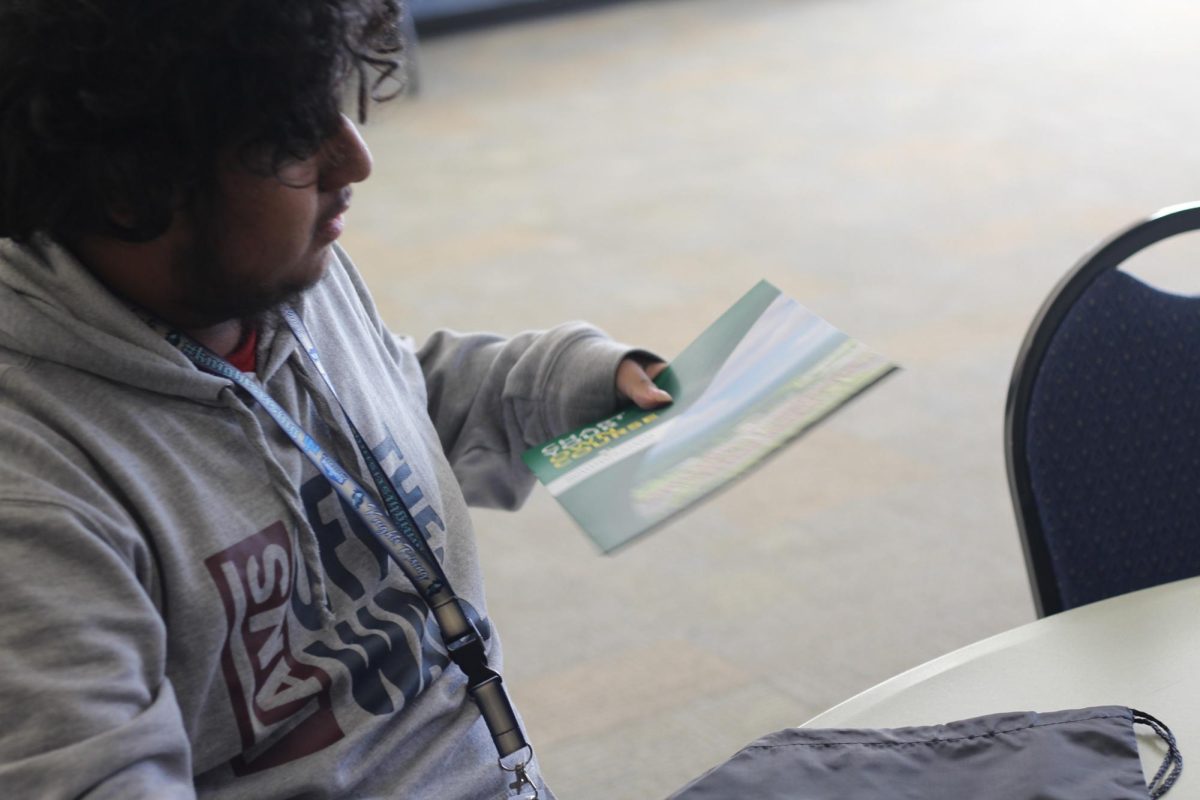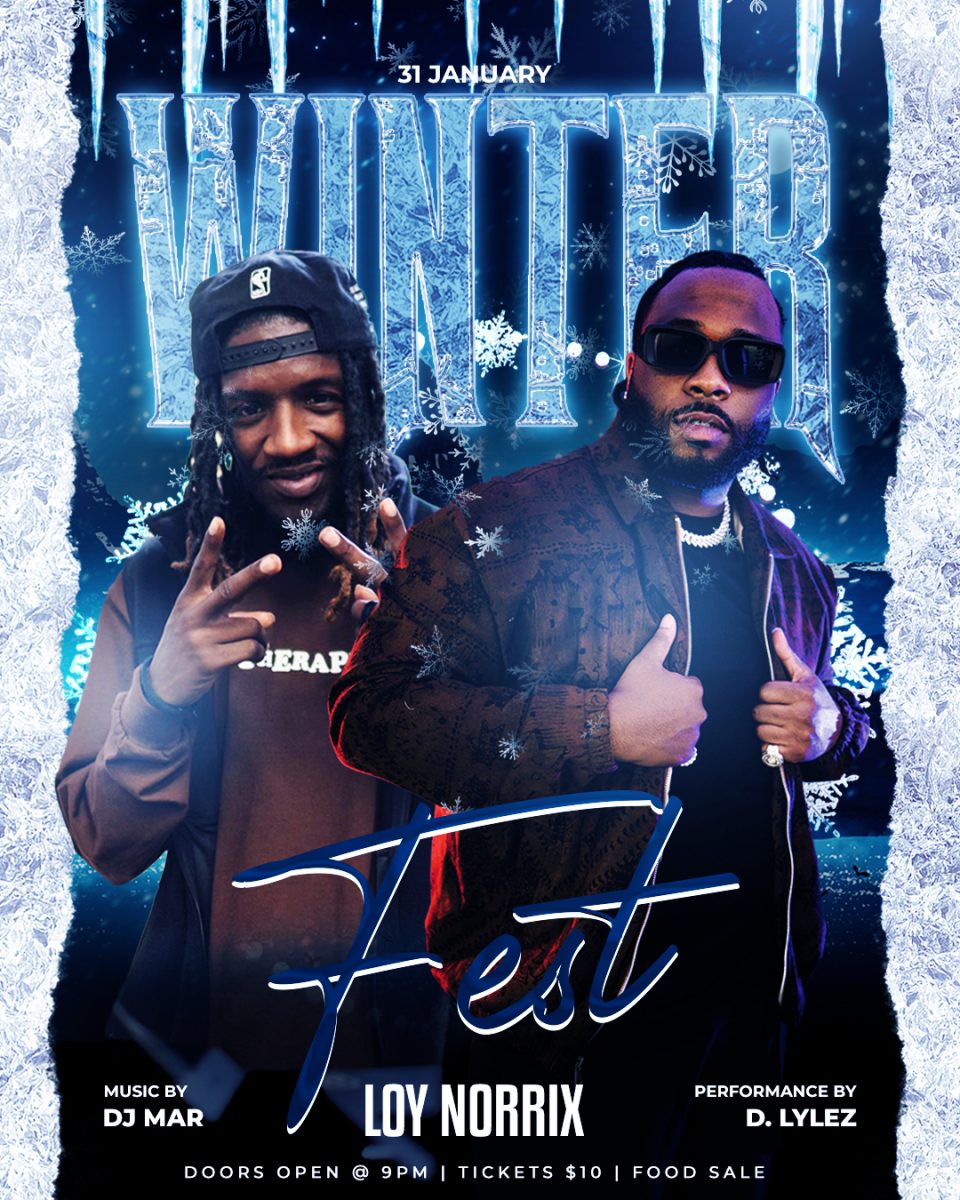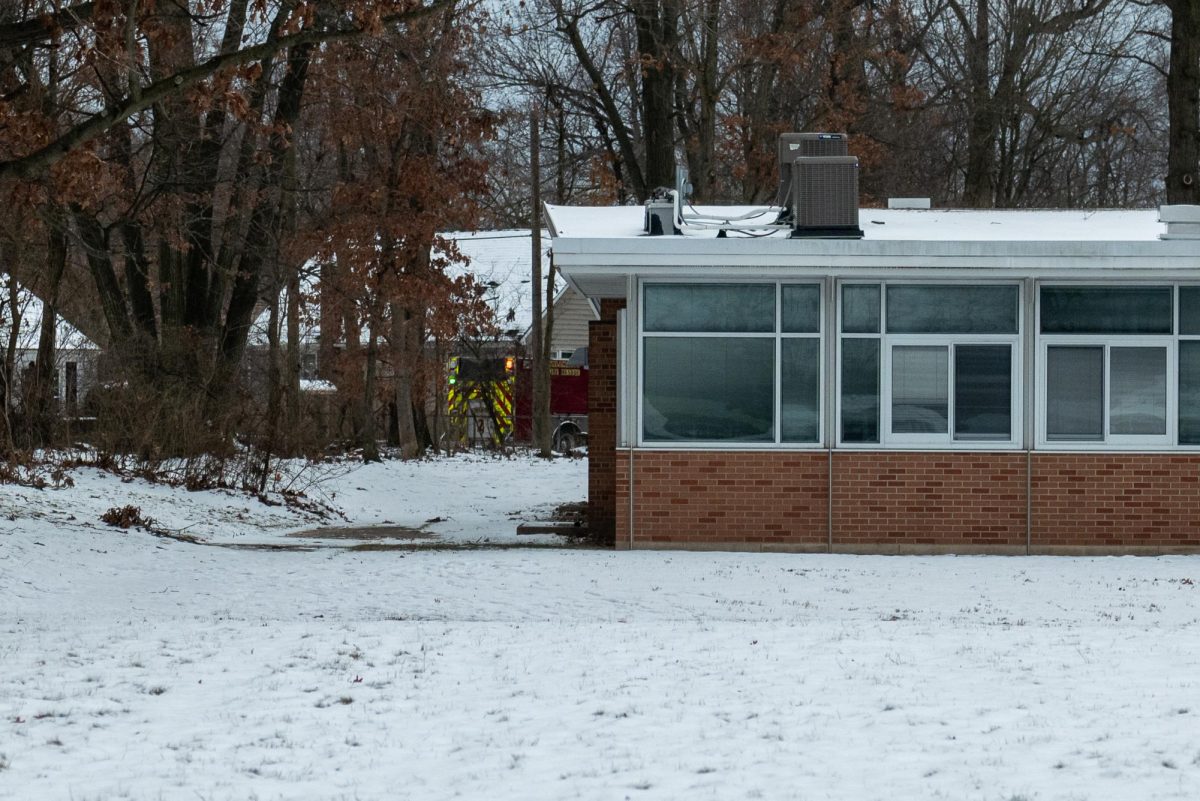
When society talks drug addiction, we seldom think of prescription drugs as being addictive or even bad for that matter. Society likes to believe that if a doctor gives out a certain pill that the pill must be safe and is only for the betterment of the people, however this is not true. Although doctors usually have good intent, there are always consequences to every situation. Prescription drugs aren’t as safe as you’d like to think, a concoction of chemicals thrown together can have positive and negative consequences. These consequences are based on the user and how the user intends to use prescription drugs.
Prescription drugs are any drug that a doctor can prescribe a patient for a plethora of reasons. For instance, if someone is struggling with ADHD a doctor might prescribe adderall. More than 20 percent of high school boys are diagnosed with ADHD according to “Business Insider.” Adderall and drugs alike are addictive and being handed out more than ever.
The biggest name in prescription drug addiction is Opioids, better known as morphine, tramadol and oxycotin. Opioids, the mac-daddy of prescription drugs, are highly addictive. Opioids can be natural or synthetic depending on the pill. The natural label can be misleading, whether these drugs are having positive or negative effects on an individual doesn’t change the fact that people are dying everyday from them.
According to “Parent Further” 90 percent of teens fall into peer pressure at some point. Considering this statistic, it’s easy to see how teens can get hooked on prescription drugs. Teenagers have their whole life ahead of them, becoming addicted to a pharmaceutical company’s drugs turns teenagers into cash cows giving the drug companies and drug dealers long term business.
The number one cause of accidental death in Michigan in 2009 was prescription drug poisoning, even topping car accidents according to Linda S. Vail of Michigan’s Health Department. These drug overdoses fluctuate in age.
Statistics say 3.4 percent of 8th graders, 9 percent of 9th graders and 15.5 percent of 10th graders have addictions to prescription drugs according to Linda S. Vail.
Prescription drugs, such as Oxycontin and Morphine, sell 40 dollars a pill, which is expensive; if an addict, doesn’t feed their addiction when it’s needed, then terrible withdrawals occur.
The critical point to know about prescription drug abuse is that it more often than not leads to heroin addiction. Heroin is usually cheaper than prescription drugs although tends to vary in price apropos the actual product and quality. Heroin is also highly addictive and has the tendency to pass diseases around because of the syringes used during inoculation of heroin.
Understanding that prescription drug abuse is an epidemic is key. This isn’t just a problem our Grandmas are facing at dinnertime when they take one too many ibuprofen. This a problem close to heart, which is hurting the lives of young children and teenagers.
Prescription drug use is undoubtedly a problem that many Americans face because of easy access, as doctors seemingly hand these pills out like candy on Halloween.
Prevention starts with education. Understanding how prescription drug addiction happens and what it looks like are key factors. Once people properly educate the public on these drugs, society can make monumental gains as well as stop the prodigious loss of lives.
For more information on prescription drug abuse please click on the following links.
Http://www.drugabuse.gov/publications/research-reports/prescription-drugs/treating-prescription-drug-addiction
Http://www.mayoclinic.org/diseases-conditions/prescription-drug-abuse/basics/treatment/con-20032471
Categories:
Prescription Drugs: Uncapping the Problem
September 16, 2015
0
More to Discover







